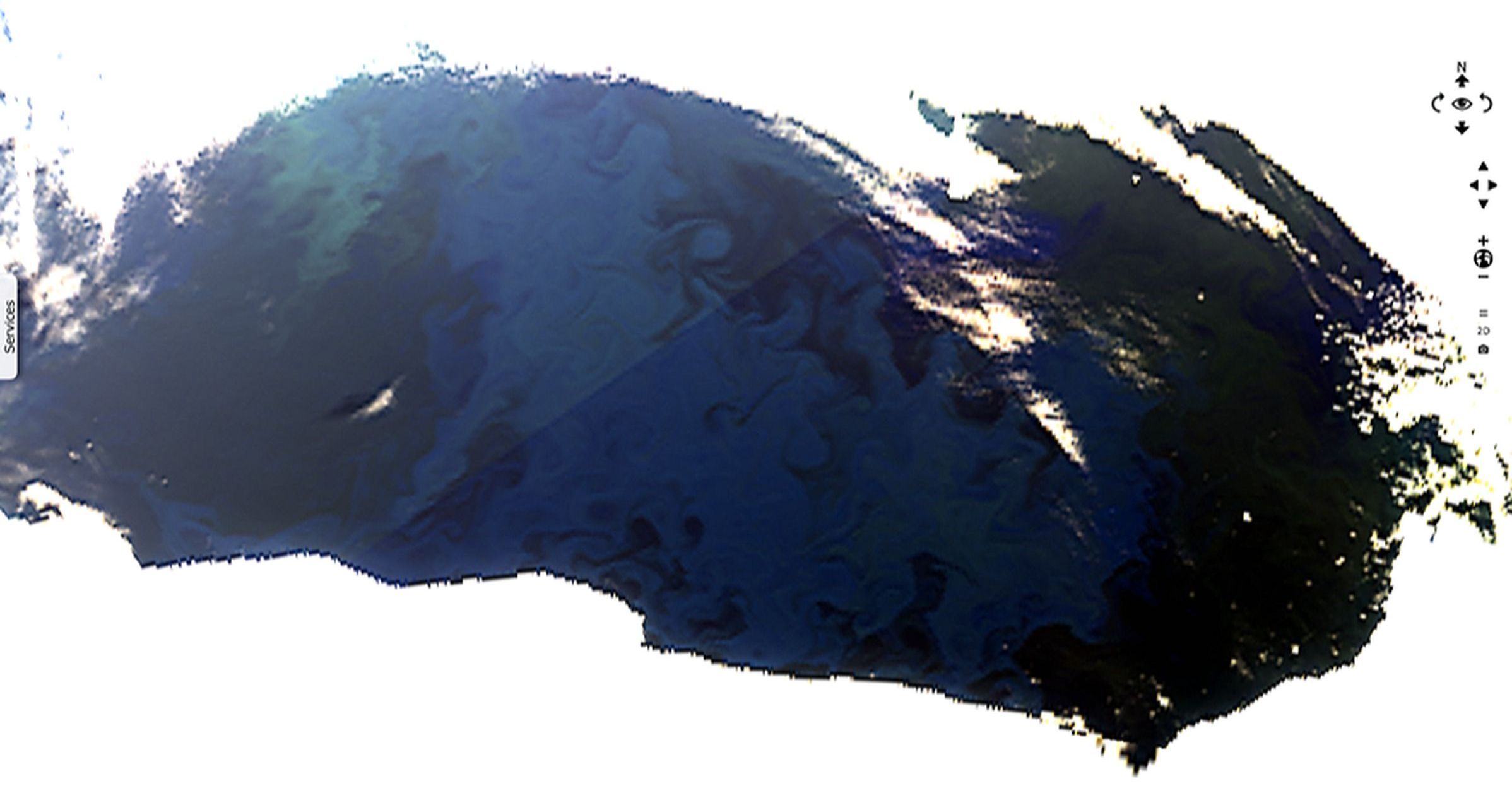Ross Sea : Future world's largest marine protected area
Sentinel-3 OLCI FR acquired on 15 January 2017 at 17:55:13 UTC
Sentinel-2 MSI (1 tile) acquired on 15 January 2017 at 20:25:11 UTC
Sentinel-2 MSI (2 tiles) acquired on 16 January 2017 at 19:55:21 UTC
Sentinel-2 MSI (1 tile) acquired on 15 January 2017 at 20:25:11 UTC
Sentinel-2 MSI (2 tiles) acquired on 16 January 2017 at 19:55:21 UTC
Keyword(s): Ocean colour, bloom, phytoplankton, marine protected area, eddies, currents, Austral Ocean, Ross Sea, Antarctica
According to the BBC, "The Ross Sea, its shelf and slope only comprise 2% of the Southern Ocean but they are home to 38% of the world's Adelie penguins, 30% of the world's Antarctic petrels and around 6% of the world's population of Antarctic minke whales.
The region is important to the rest of the planet as the upwelling of nutrients from the deep waters are carried on currents around the world."






